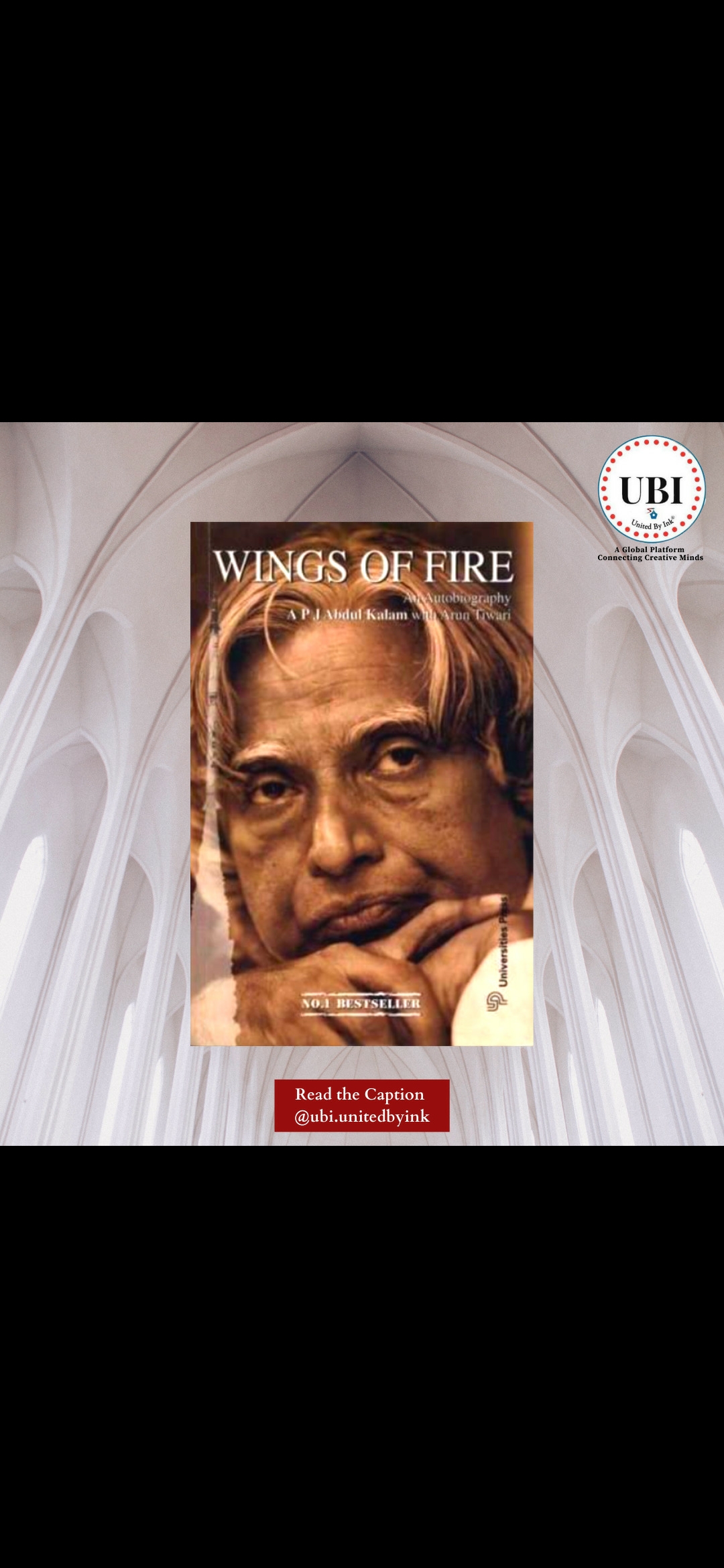
APJ Abdul Kalam is a renowned Indian scientist who went on to become 11th President of India (2002-2007). He is very well known across India and is a recipient of India’s three highest civilian awards – Padma Bhushan, Padma Vibhushan and Bharat Ratna. Wings of Fire is an autobiography of APJ Abdul Kalam written jointly by Arun Tiwari and Abdul Kalam. It covers Kalam’s life before he became president of India and in 2013 another autobiography titled “My Journey: Transforming Dreams into Actions” was released.
Wings of Fire is an autography of APJ Abdul Kalam covering his early life and his work in Indian space research and missile programs. It is the story of a boy from a humble background who went on to become a key player in Indian space research/Indian missile programs and later became the president of India. The book has been very popular in India and has been translated into multiple languages. I recently picked up a copy and read it in a couple of days. It was very engaging initially, but tended to drag a bit towards the end with lot of technical details and procedural information of his space research and missile projects.
In the book we learn how Kalam started his career in Aeronautical Development Establishment (ADE) and was involved in the design of a hovercraft. Later he moved to Indian Space Research which was the brain child of Vikram Sarabhai. In 1963, Kalam went to NASA facility in Maryland(USA) as part of a training program on sounding rocket launching techniques. There he came across a painting which depicted Tipu Sultan’s rocket warfare against the British,
Here, I saw a painting prominently displayed in the reception lobby. It depicted a battle scene with a few rockets flying in the background. A painting with this theme should be the most commonplace thing at a Flight Facility, but the painting caught my eye because the soldiers on the side launching the rockets were not white , but dark-skinned, with the racial features of people found in South Asia. One day, my curiosity got the better of me, drawing me towards the painting. It turned out to be Tipu Sultan’s army fighting the British. The painting depicted a fact forgotten in Tipu’s own country but commemorated here on the other side of the planet. I was happy to see an Indian glorified by NASA as a hero of warfare rocketry.
The book covers a lot of “behind the scene” information and technical details about India’s satellite and missile program (SLV-3, Prithvi, Agni, Thrisul, Akash and Nag). This might interest technically inclined readers but is sure to put off readers who bought the book to get to know Kalam or to know his principles/ideas. Space and missile programs are huge complex projects and managing them is extremely challenging. The book does give a glimpse of the participatory management technique adopted by Kalam, but at the same time it doesn’t go into details.
Wings of fire covers Kalam’s personal life only briefly which is strange for an autobiography. For example, we don’t know why he decided to remain single or his activities outside space research (even though we can conclude in the end that he was married to science and technology).
Kalam is a poet and is a huge fan of poems.
One of the things that stands out throughout the book is Kalam’s positive thinking. He held many high ranking positions in various organizations. Yet in the book he rarely mentions anything about lethargy/corruption of bureaucracy or politicians. The secret to his success seems to be his ability to ignore negative things around him. The book also gives a clue to his popularity in India. Kalam is a simple, secular, inspiring humanitarian.
How useful was this post?
Click on a star to rate it!
Average rating 0 / 5. Vote count: 0
No votes so far! Be the first to rate this post.

UBI stands for United By Ink®️. UBI is a Global Platform- the real-time social media interactive forum created for Readers, Writers and Facilitators alike.This platform aims to help creative souls realize their writing goals.
Click on our representatives below to chat on WhatsApp or send us an email to ubi.unitedbyink@gmail.com
